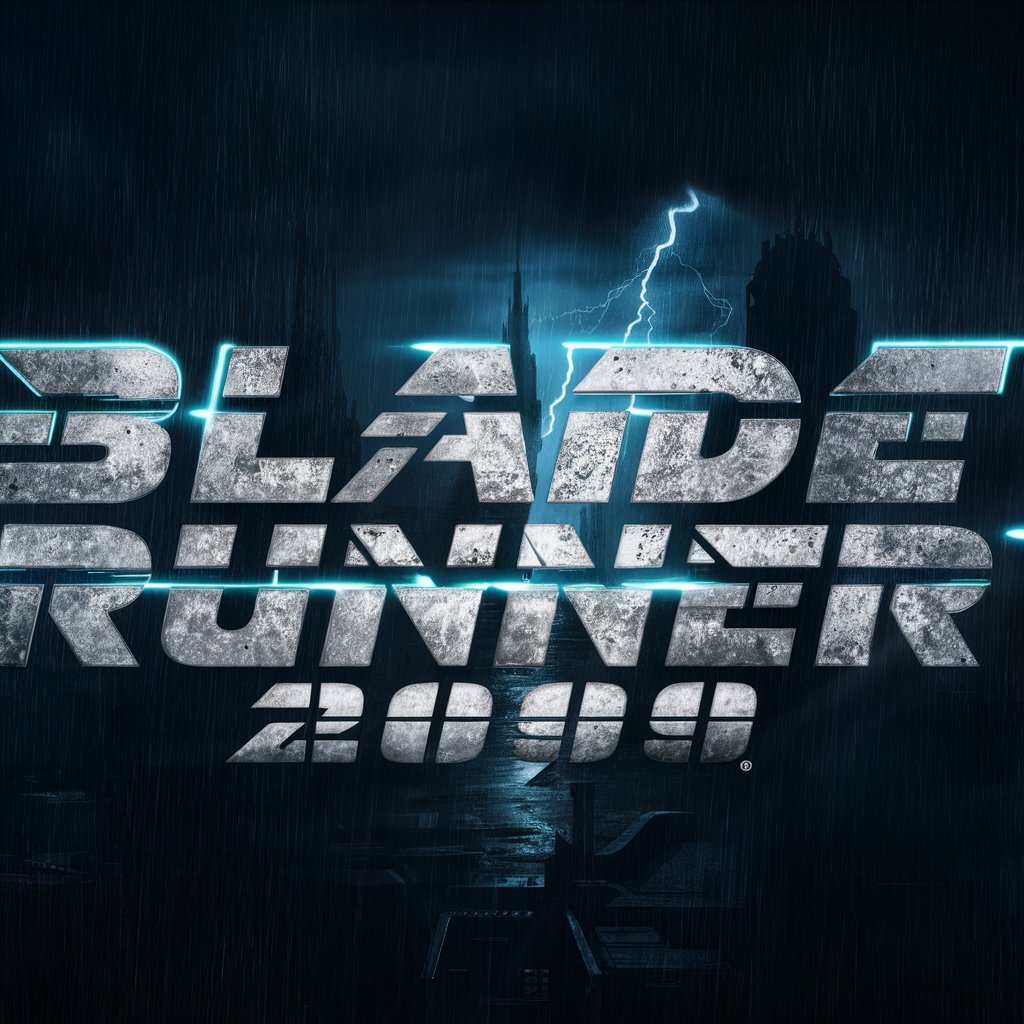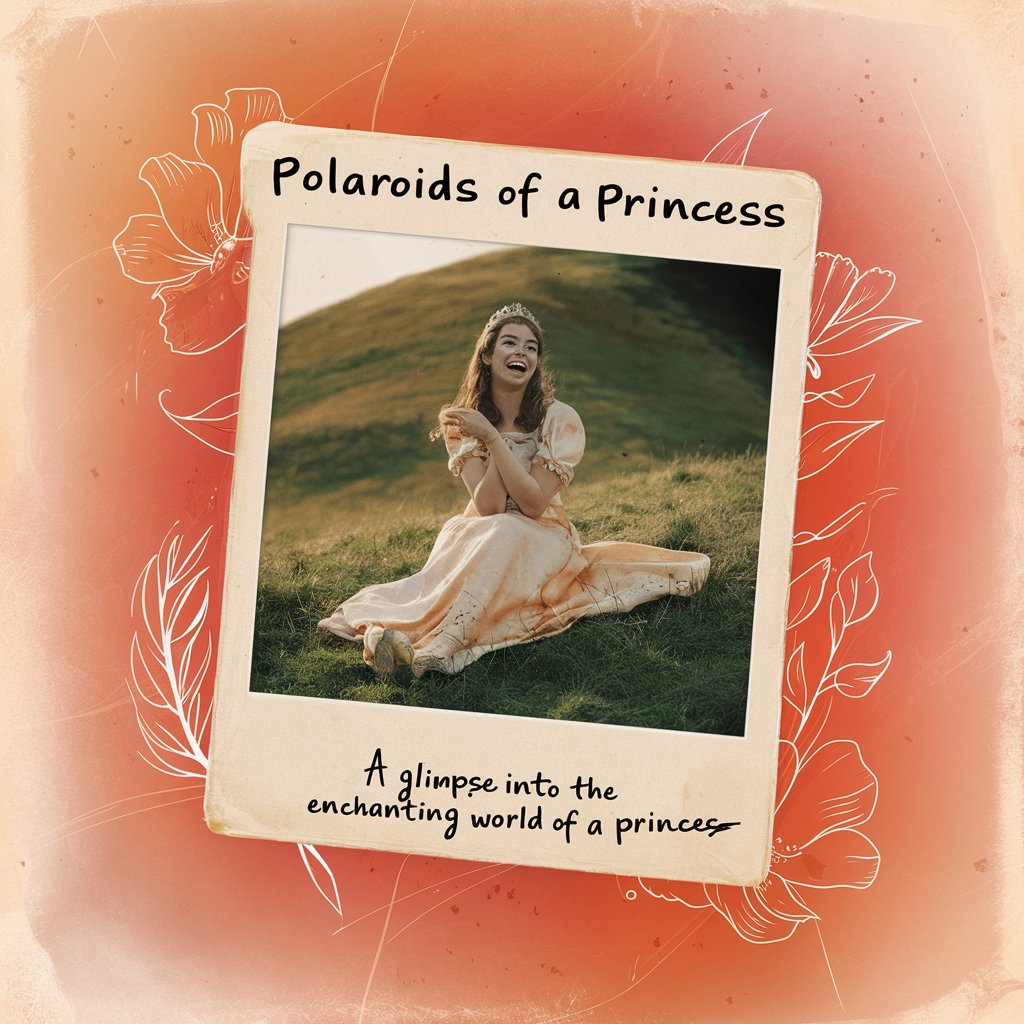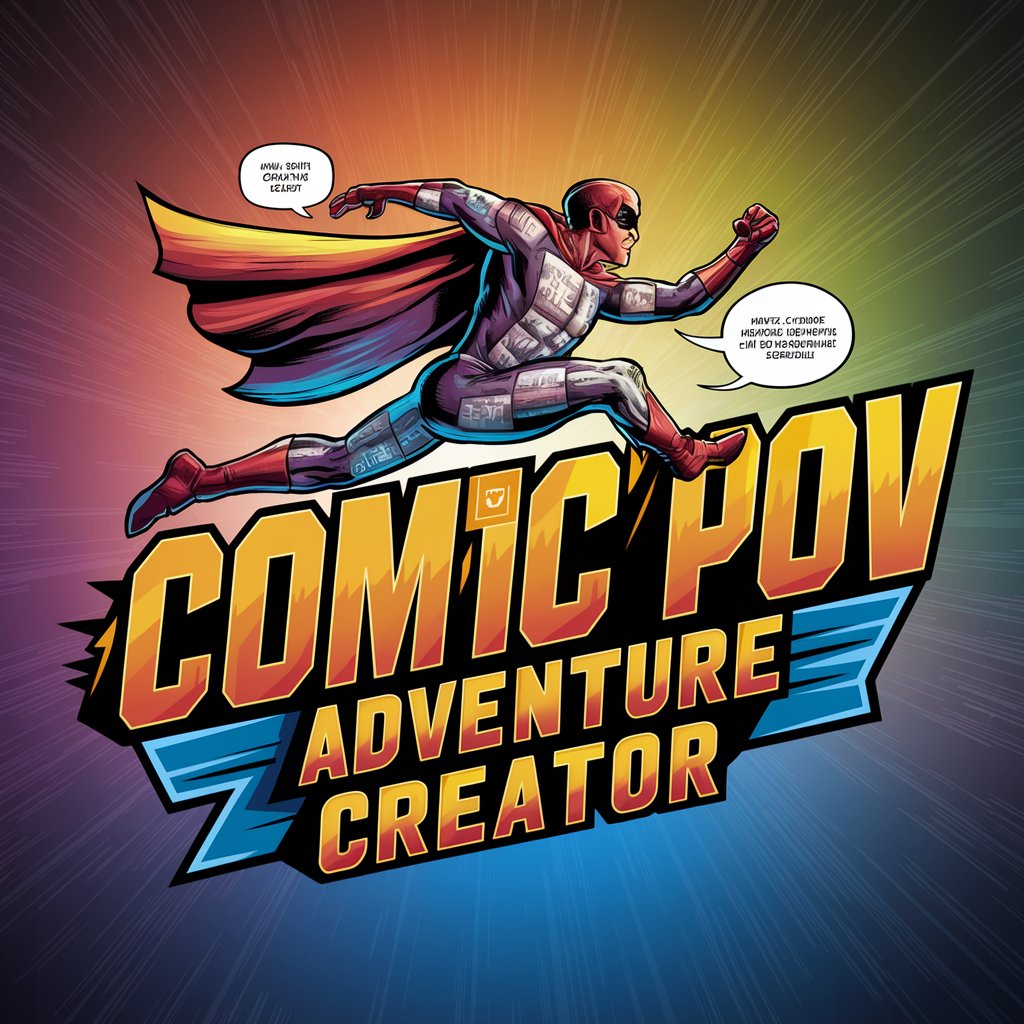7 GPTs for Visual Narrative Powered by AI for Free of 2025
AI GPTs for Visual Narrative refer to a specialized class of Generative Pre-trained Transformers that are tailored for tasks in the realm of visual storytelling. These tools combine the prowess of AI in understanding and generating text with a focus on visual elements, making them ideal for applications that require a blend of visual and textual narrative. They excel in interpreting, creating, and enhancing visual narratives, thereby playing a pivotal role in fields where storytelling through visual mediums is essential.
Top 7 GPTs for Visual Narrative are: Glibatree Consistent Character Assistant,Story Spock,漫画设计大师(剧情连续性,人物一致性),Blade Runner 2099,Dungeon Narrator,Polaroids of a Princess, a text adventure game,Comic POV Story Creator
Glibatree Consistent Character Assistant
AI-powered tool for character consistency

Story Spock
Craft Your Tale with AI Imagination

漫画设计大师(剧情连续性,人物一致性)
Bringing Stories to Life with AI

Blade Runner 2099
Immerse in a Photorealistic Blade Runner Adventure

Dungeon Narrator
Shape your story, experience it visually.

Polaroids of a Princess, a text adventure game
Empowering Tales, AI-Enhanced Imagery

Comic POV Story Creator
Craft Your Adventure, AI-Powered

Pivotal Characteristics of AI GPTs in Visual Storytelling
AI GPTs for Visual Narrative exhibit unique characteristics like advanced image creation and manipulation, contextual understanding of visual elements, and seamless integration of text and imagery. They adapt from basic image description to complex narrative development, supporting a range of functions from simple visual aids to detailed storytelling. Special features include robust language learning, technical support for diverse formats, web searching capabilities, and sophisticated data analysis, all tailored to enhance the visual narrative experience.
Who Benefits from Visual Narrative AI GPTs?
The target audience for AI GPTs in Visual Narrative spans from beginners to experts in storytelling fields. These tools are user-friendly for novices without coding skills, offering intuitive interfaces and simple controls. At the same time, they provide extensive customization options for developers and professionals in the visual narrative domain, allowing for deeper technical integration and personalized tool refinement.
Try Our other AI GPTs tools for Free
Personalized Fiction
Discover how AI GPTs are revolutionizing personalized fiction, offering tailored storytelling experiences with unmatched creativity and flexibility.
Professional Artwork
Explore AI GPTs for Professional Artwork: Transformative tools bridging technology and creativity, tailored for artists, curators, and art professionals.
Quick Reading
Discover how AI GPTs for Quick Reading revolutionize information processing with swift, efficient comprehension tools, ideal for students, professionals, and avid readers.
Information Organization
Discover AI GPTs for Information Organization: intelligent tools transforming data management with AI-driven categorization, analysis, and processing for insightful decision-making.
Brand Building
Discover AI GPT tools for Brand Building: Tailored AI solutions enhancing brand identity, creativity, and market strategy, accessible to all.
Hashtag Strategy
Discover AI-powered Hashtag Strategy tools that enhance your social media presence. Leverage advanced GPT technology for tailored hashtag suggestions, trend analysis, and more.
Broader Perspectives on Customized AI GPT Solutions
AI GPTs for Visual Narrative are not just tools but solutions that adapt to diverse sectors. They provide user-friendly interfaces and can be integrated into existing workflows, making them versatile additions to various storytelling domains. Their ability to understand and enhance narratives through visual elements makes them indispensable in modern storytelling practices.
Frequently Asked Questions
What exactly are AI GPTs for Visual Narrative?
AI GPTs for Visual Narrative are AI-driven tools specifically designed for creating, analyzing, and enhancing stories told through visual means. They utilize advanced AI capabilities to integrate text and imagery, providing a comprehensive narrative experience.
Who can use these AI GPTs tools?
These tools are accessible to a wide range of users, from novices in storytelling to professional developers and narrators, offering both simplicity and depth in functionality.
Can these tools be customized?
Yes, AI GPTs for Visual Narrative offer extensive customization options, allowing users with programming skills to tailor the tools to their specific needs.
Do these tools require coding knowledge?
No, these tools are designed to be accessible even to those without coding skills, featuring user-friendly interfaces and intuitive controls.
What makes AI GPTs for Visual Narrative special?
These tools are special due to their ability to seamlessly integrate text and visuals, adaptability in narrative creation, and sophisticated features like language learning and data analysis.
Can AI GPTs handle different narrative formats?
Yes, these tools are equipped to support and enhance a variety of narrative formats, adapting to different storytelling styles and mediums.
Are there technical support options available?
Yes, users can access technical support for various functions and features, ensuring smooth and effective use of the tools.
How do these tools integrate with existing systems?
AI GPTs for Visual Narrative can be integrated with existing systems or workflows, offering flexibility and enhancing current storytelling practices.